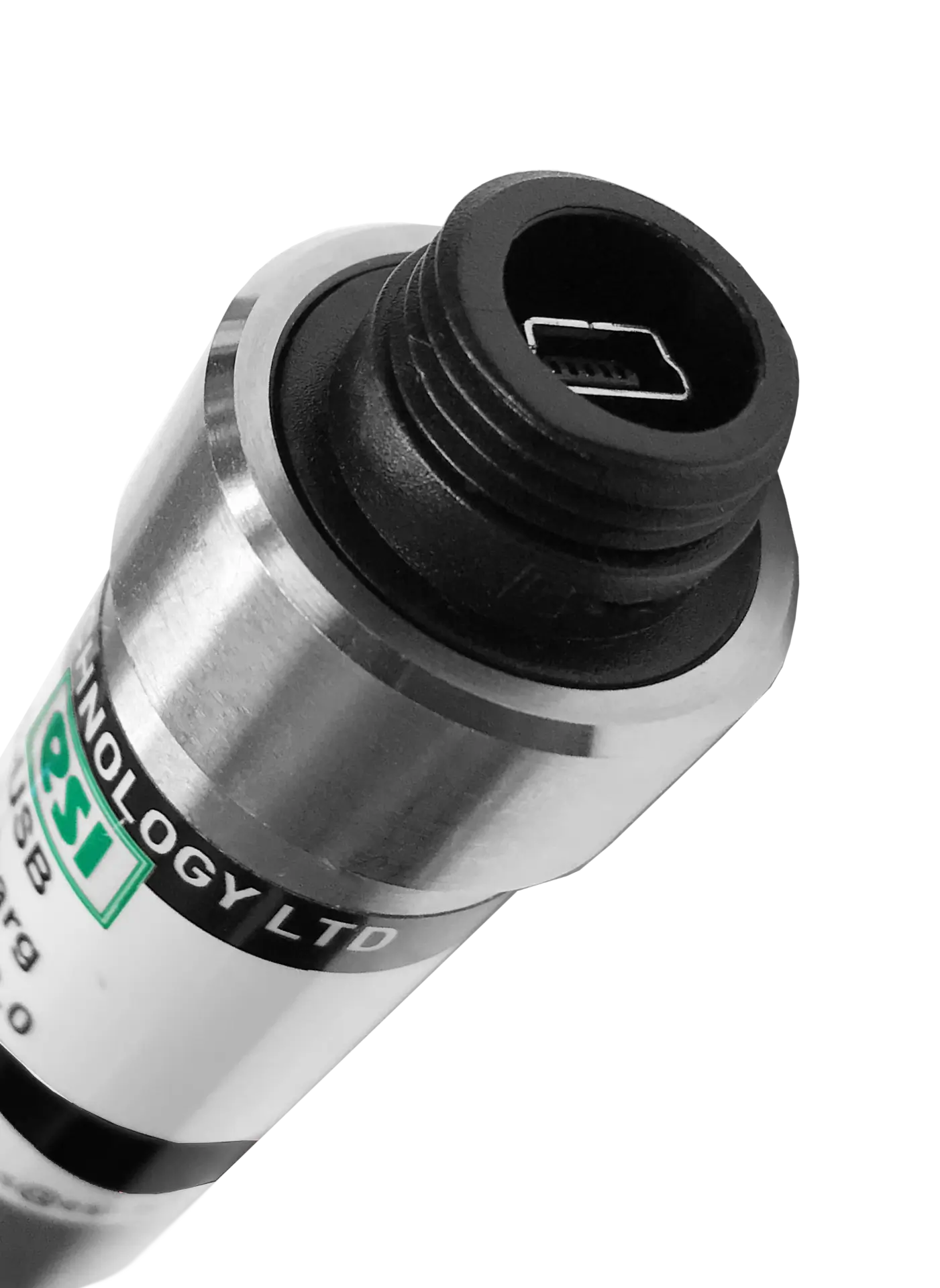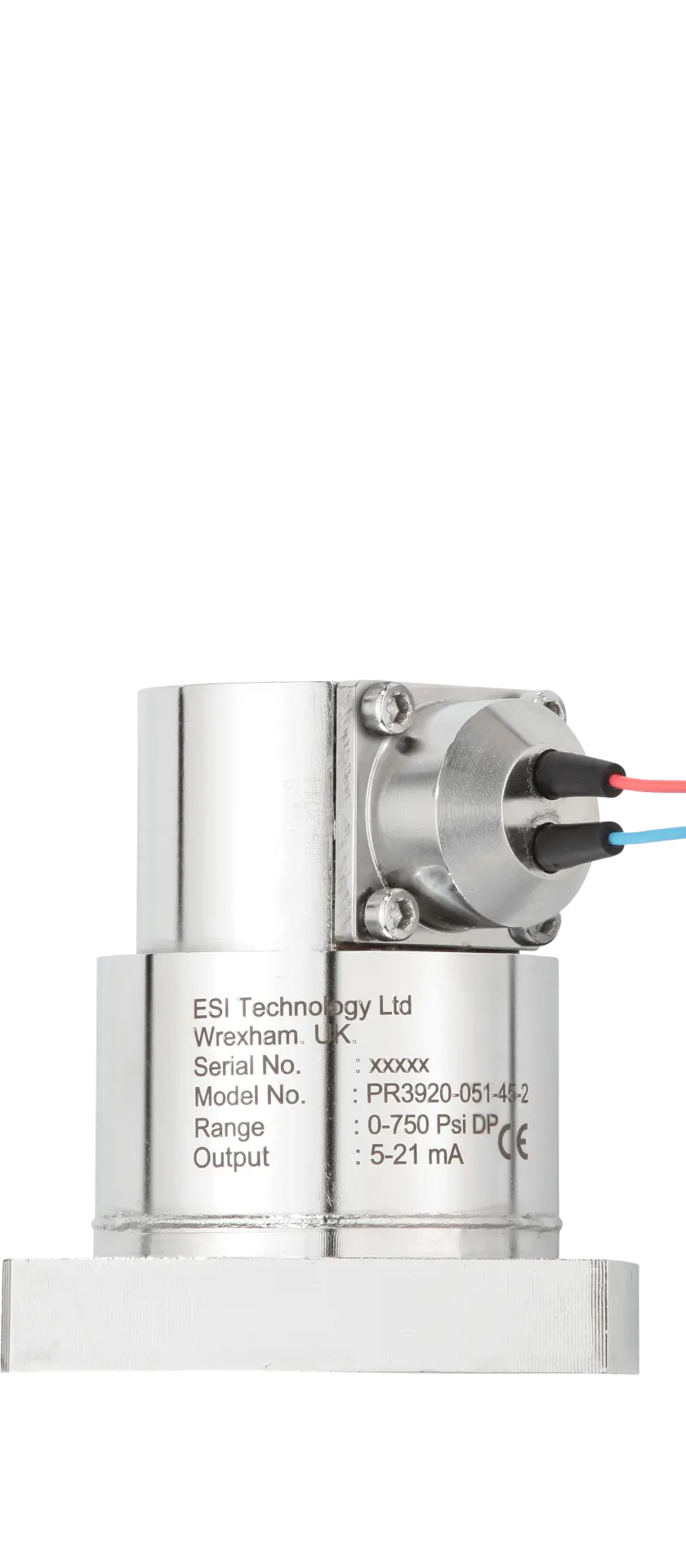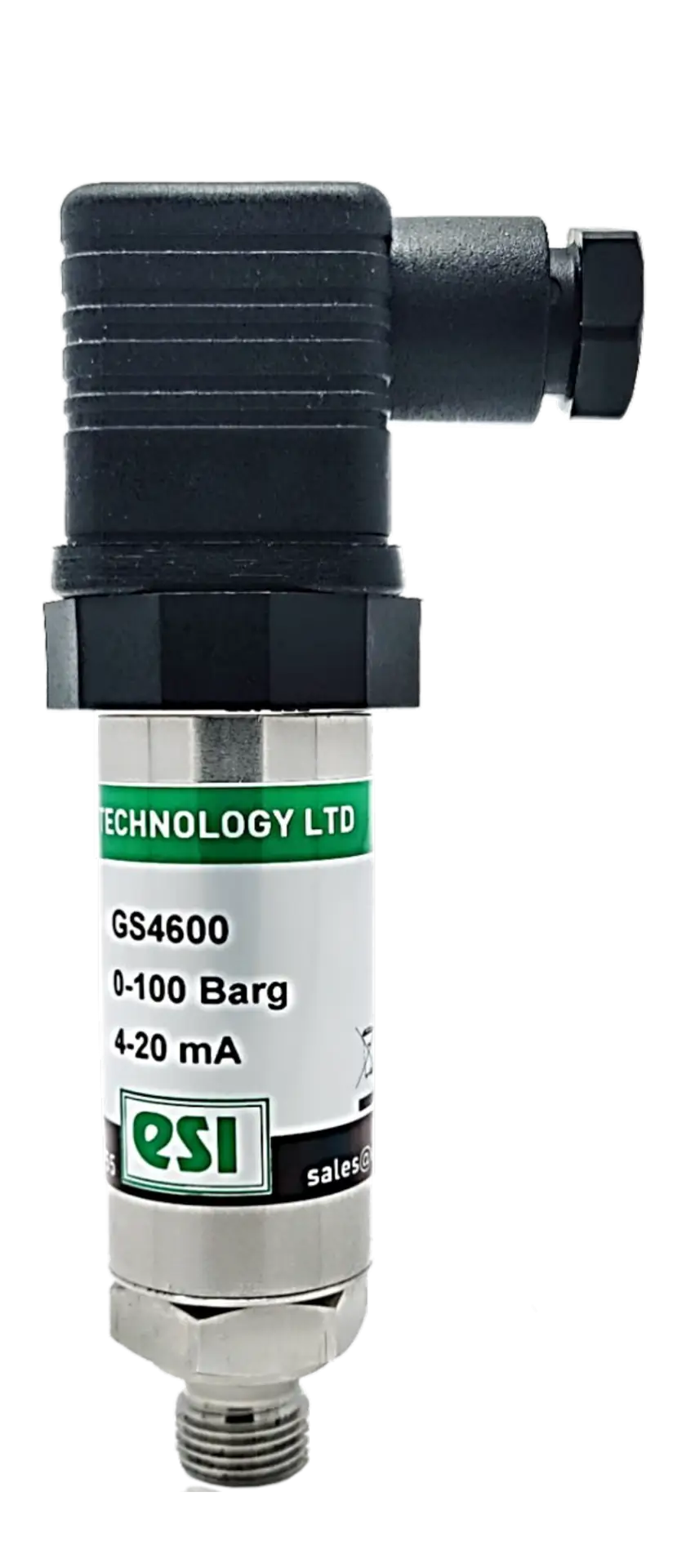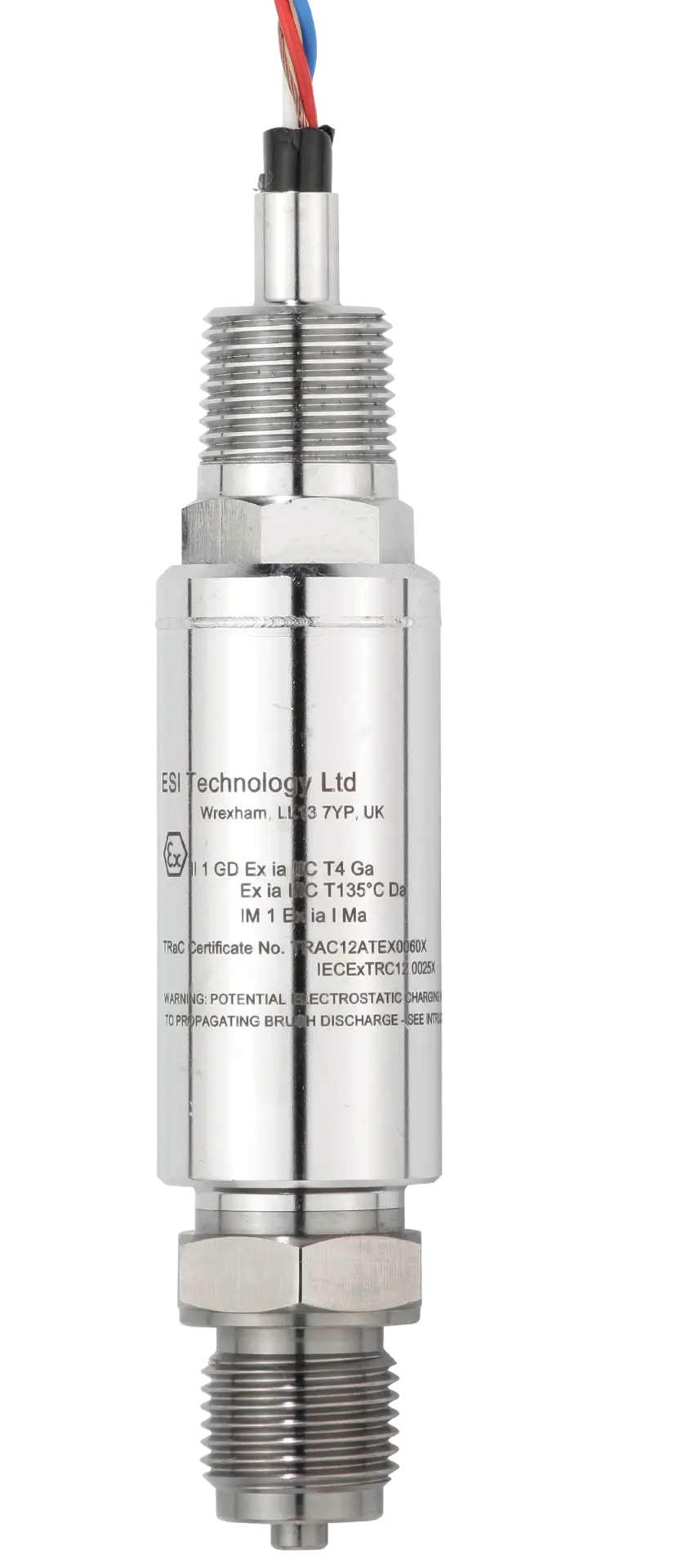What is a Pressure Transducer?
A pressure transducer is a device that measures pressure and converts it into an electrical signal. A pressure-sensitive diaphragm deforms when subjected to pressure, and a transduction element converts this deformation into an electrical signal. This signal can then be read by a computer, monitor, or other receiving device.
Applications
Pressure transducers are widely used across various industries, including:
- Automotive: Monitoring fuel injection and braking systems.
- Automation: Controlling airspeed, fluid levels, pump systems, and altitude.
- HVAC Systems: Regulating heating, cooling, and ventilation functions.
- Oil & Gas: Monitoring and controlling pipeline and reservoir pressures.
- Subsea: Measuring pressure in deep-sea environments and underwater applications.
- Hydrogen: Ensuring safe pressure regulation in hydrogen storage and transport systems.
- Marine: Monitoring engine and ballast tank pressures in maritime applications.
- Hazardous Area: Providing reliable pressure measurements in explosive or high-risk environments.
Comparison with Pressure Transmitters
Pressure transducers and pressure transmitters serve similar functions but have key differences. A pressure transducer typically produces a raw, non-amplified signal, while a pressure transmitter conditions and amplifies the signal for more robust transmission.
A transducer measures pressure using a thin-film or piezoresistive sensor, which converts mechanical pressure into an analogue electrical signal. This output, often in millivolts per volt, is not linearised or compensated for temperature variations.
In contrast, a pressure transmitter incorporates additional electronics to process and refine the transducer’s signal. It linearises, compensates for temperature effects, and amplifies the signal to a standard format such as 0-5V, 0-10V, 4-20mA, or digital output, making it suitable for long-distance transmission and integration into control systems.
Choosing Between a Pressure Transducer and a Pressure Transmitter
The decision between a pressure transducer and a pressure transmitter depends on the specific requirements of the application. Key factors to consider include accuracy, measurement range, operating temperature, and the nature of the medium being monitored.
When evaluating output signal options, keep in mind:
- Millivolt outputs generally lack temperature compensation.
- Current signals (e.g., 4-20mA) are more resistant to electrical noise and interference than voltage signals.
- Current signals can be transmitted over greater distances with minimal signal degradation.
- Analogue signals provide a direct pressure reading.
- Digital signals offer additional data and enhanced monitoring capabilities.
- Many control systems require an amplified signal for compatibility.
By carefully assessing these factors, engineers and technicians can select the most suitable pressure measurement device for their specific application, ensuring optimal performance and reliability.





